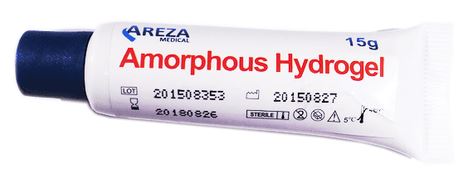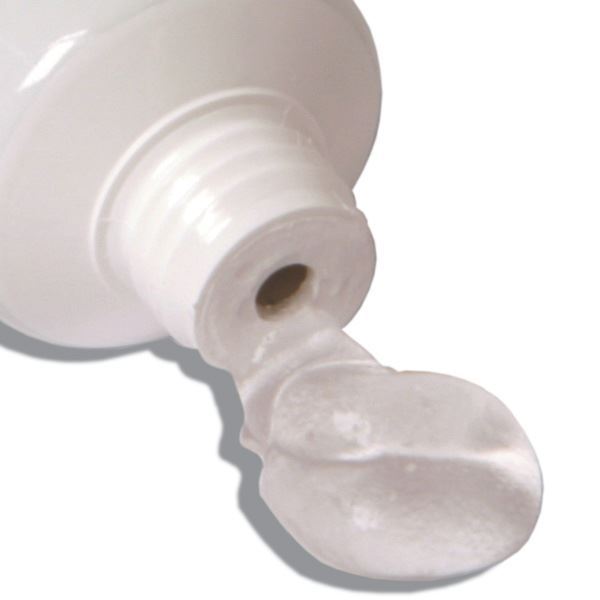HYDROGEL, amorphous, 15 g, tube, sterile
STD
SDREWHYGA15T
Valid Article
Account code:
60210
HS Code:
300590
Last Updated on:
11/12/2024, 19:08:01
Former
Code(s):
SDREDRHY1-- SDREZBE0058 SDREWHYG1--
Single use
A single-use device, also referred to as a disposable device, is intended for use on one patient during a single procedure. It is not intended to be reprocessed (i.e., cleaned and disinfected or sterilized).
M04040501 - Hydrogel dressings, non-combined
European Medical Device Nomenclature (EMDN) is the nomenclature of use by manufacturers when registering their medical devices in the EUDAMED database. EMDN is characterised by its alphanumeric structure that is established in a seven-level hierarchical tree.
In Europe, medical material that fulfills the definition of a medical device according to the MDR (Medical Device Regulation) is classified into 4 classes
Thermosensitive codes are defined for storage and transportation temperature requirements of the products.
HYDROGEL, amorphous
Definition
Amorphous gel consists of hydrophilic polymers (that can hold and release water) and water. This gel promotes moist wound healing by rehydration of dry tissue, facilitating autolytic debridement, and absorbing exudate and slough in wounds that are minimally to moderately exudative (limited absorption capacity). Next to it, hydrogel relieves wound pain because of the moisturizing and cooling effect.
Specifications
Technical specifications
- Has an “osmotic” action: the composition should make it possible to donate moisture to dry wounds and absorb in wetter environments. To obtain this osmotic effect the hydrogel should contain a certain amount of sugar: carboxymethylcellulose (= CMC) or 40-50% medical-grade honey.
- Contains gel forming substances such as macrogol & polyethylene glycol (= PEG).
- May contain alginate and propylene glycol (bacteriostatic), which act as a moisturiser which prevents the gel from drying out and improves handling.
- Does NOT contain other active substances (such as antimicrobials, lidocaine).
- Is only partially hydrated: should contain max. +/- 85 % of water.
- May be used in all stages of wound healing.
- May be applied in superficial and deep wounds.
- May remain in place during 2 to 3 days.
- Is not too liquid: stays in place once applied.
- Is easy to remove.
- Sterile
Packaging & Labelling
Tube, allowing an easy application of the gel in an aseptic way, with a re-closable cap (screw cap or flip-off cap) to allow repeated applications.
Instructions for use
- Should only be used in dry wounds or wounds with moderate exudate (exudate + and ++).
- Apply to the wound after cleansing: min. 5mm on the wound bed (or impregnate packing rope with the gel).
- Care must be taken to observe the wound edges and protect them from maceration.
- The wound may initially appear to increase in size in the early stages of treatment. This is normal because the wound debris is removed.
Precautions for Use
- Hydrogels contain preservatives that can be possible allergenic.
- Should be used with care in the vicinity of the eyes and in deep wounds with narrow openings (e.g. fistulas) where removal of the gel may be difficult.
Contra-indications
- Wet wounds (exudate +++).
- Infected wounds (the available moisture may increase the risk of bacterial proliferation).
Storage
- Store at controlled room temperature between 15-25°C
- Protect from sunlight ‐ Protect from humidity
- Do not freeze
Some restricted information has been hidden. Sign in
to see this information





![[KMEDMNUTI33] (module nut. inpatient) MEDICAL SUPPLIES 2021](/web/image/product.template/575289/image_256/%5BKMEDMNUTI33%5D%20%28module%20nut.%20inpatient%29%20MEDICAL%20SUPPLIES%202021?unique=a25ea3d)
![[KMEDMNUTO33] (module nut. outpatient) MEDICAL SUPPLIES 2021](/web/image/product.template/575294/image_256/%5BKMEDMNUTO33%5D%20%28module%20nut.%20outpatient%29%20MEDICAL%20SUPPLIES%202021?unique=a25ea3d)